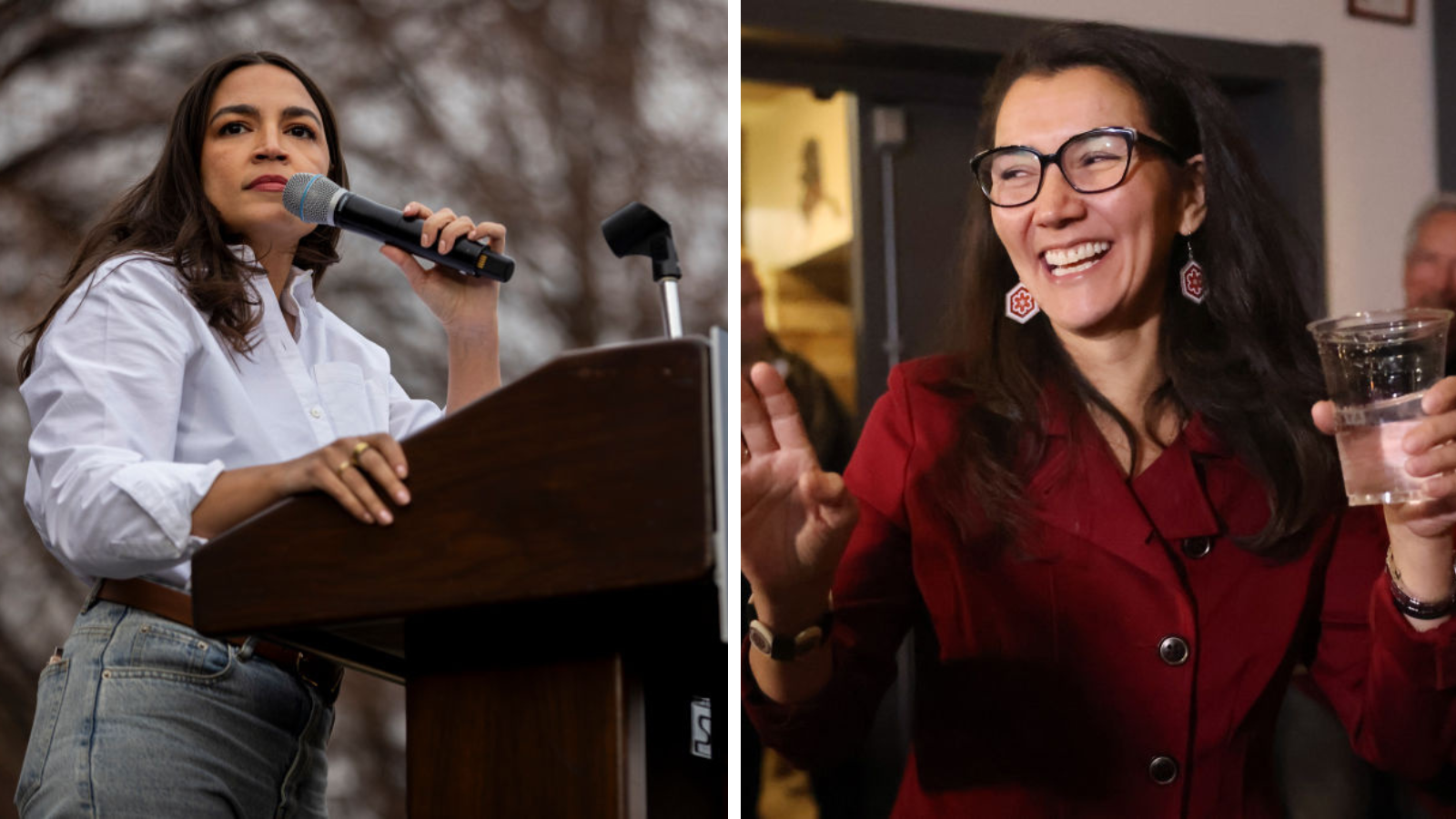This Week in Women’s Representation: From AOC to Alaska’s Next Governor, Women Candidates to Watc...

Celebrating Women's Leadership and Advocacy: A Look at Representation, Voting Rights, and Economic Equity
Honoring Trailblazing Women of the Past
As Women's History Month draws to a close, it's a fitting time to reflect on the remarkable women whose contributions have shaped the landscape of women's representation and leadership. We remember icons like civil rights leaders Dr. Dorothy Height and Gloria Steinem, along with Justice Sandra Day O'Connor, the first woman to serve on the U.S. Supreme Court, and Speaker Nancy Pelosi, the first woman to hold that powerful position in the House.
We also mourn the recent losses of former Representatives Nita Lowey, the first woman to chair the House Appropriations Committee, and Mia Love, the first Black Republican woman to serve in Congress. Their legacies remind us of the ongoing struggle for equal representation and the importance of carrying their work forward.
The 2028 Presidential Race: Can a Woman Win?
The question of whether a woman can win the presidency in 2028 is a complex one. Some commentators express doubt, citing the losses of Hillary Clinton and Kamala Harris. However, these losses were not solely due to their gender, but rather a confluence of political factors. Both Clinton and Harris demonstrated their political strength, with Clinton winning the popular vote in 2016 and Harris exceeding expectations in 2024.
On the Democratic side, women continue to demonstrate their electability, winning Senate and gubernatorial races in key swing states. The Republican field for 2028 is still taking shape, but includes prominent women like Sarah Huckabee Sanders, Nikki Haley, and Kristi Noem. History is waiting to be made.
Gubernatorial Races: Alaska and Maine on the Horizon
Looking ahead to 2026, the gubernatorial races in Alaska and Maine offer exciting possibilities for women's leadership. In Maine, Secretary of State Shenna Bellows, a strong advocate for ranked-choice voting (RCV), has announced her candidacy. Bellows has played a key role in implementing and defending RCV in Maine, showcasing its potential to promote voter choice and majority rule.
In Alaska, the potential candidacy of former Representative Mary Peltola, a thoughtful proponent of RCV, generates significant interest. Peltola's recent electoral success and popularity position her as a strong contender in a state historically dominated by male governors.
"Voters should feel and know that their vote matters, and that the elections they participate in result in representation that mirrors the electorate.” - Shenna Bellows
Protecting Voting Rights: A State-Level Strategy
With the federal Voting Rights Act facing challenges, states are taking the initiative to protect voting rights within their own borders. States like Maryland are pushing for legislation to ensure fair representation for minority communities in local districts. These efforts are crucial to counteract attempts to restrict voter access and empower marginalized communities.
The Pink Tax: An Ongoing Economic Burden for Women
The imposition of tariffs under the Trump administration disproportionately impacts women due to the persistent "pink tax." Historically, women's goods have been taxed at higher rates than comparable men's products. The reintroduction of the Pink Tariffs Study Act aims to investigate this gender bias and advocate for fairer tariff rates.
"It is very strange and hugely inappropriate that the U.S. government should be having differential tax rates that attack women more than men for essentially the same things.” - Ed Gresser
Black Women at the Forefront of Voting Rights Advocacy
Black women are leading the charge to expand and protect voting rights across the country. From election judges ensuring smooth polling processes to legal advocates fighting for voter protection, their diverse contributions are essential for a healthy democracy. Recognizing and supporting their efforts is paramount in the face of ongoing threats to voting rights.
Targeting Resources for Electoral Success
For those dedicated to electing more women, there are two key strategies: reforming the winner-take-all, single-member district system to create more competitive elections, and focusing resources on winning primaries in districts that favor a particular party. These approaches can help overcome the structural barriers that often limit women's representation.
The SAVE Act: A Threat to Voter Access
The SAVE Act poses significant challenges to voter access by requiring documentary proof of citizenship for federal elections. This would eliminate online and third-party voter registration, disenfranchising millions of eligible voters, particularly women, low-income individuals, and those in rural areas. Rejecting this harmful legislation is crucial for preserving and expanding voting rights.